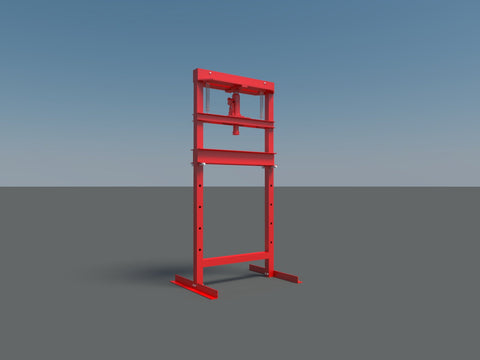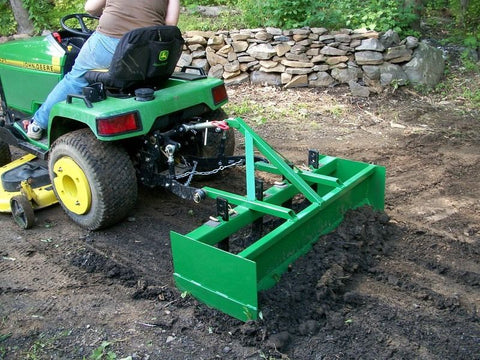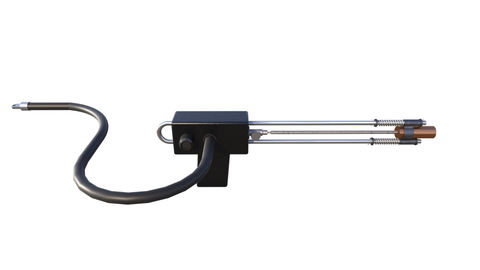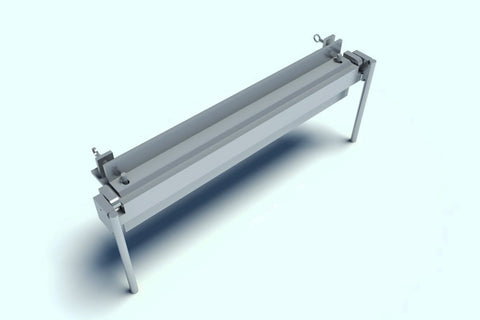Homemade Rototiller DIY Plans Tiller Cultivator Rotavator Garden Lawn Machine
Rototiller Plans, Garden Tiller Cultivator, Garden Rotavator
These plans will step you through the process to make your own Homemade Rototiller - garden roto tiller.
What Are Gardening Rototillers?
Gardening rototillers are very powerful machines used to prepare the soil. They are a great choice for home gardeners as well as professionals. However, you should be aware that using a gardening rototiller is not as easy as it sounds. This piece of equipment is heavy, so it is important to have a professional do the work. In addition to this, you must follow some safety measures when using one.
Functions
Gardening rototillers are tools that are used to break up and mix the soil, and they are the most popular power tools used by home gardeners. They can be used for a variety of tasks, from aerating the soil to mixing in organic matter and manure.
Gardening rototillers can be purchased in various sizes and styles, depending on the purpose you wish to accomplish. The smaller ones are typically used for raising beds and small gardens. Larger models are used for small-scale commercial or semi-commercial gardens. Both sizes are heavy lawn equipment, so be sure to consider your physical strength and how often you plan to use it. You should also consider the care and maintenance necessary for the machine.
Types
When it comes to gardening, there are a few different types of rototillers. One type is used for loosening the soil, while another is used to break up compacted soil. A rototiller can also be used to break up grass, remove roots, and work in soil additives.
Front tine tillers are lightweight and easy to maneuver, while rear-tine tillers have large wheels and tines located in the rear. These machines are usually budget-friendly, with smaller engines and front-wheel drive. While both are capable of working in the soil, rear-tine tillers are easier to maneuver and may require more muscle power to control the depth of tilling.
A rototiller is an electric or gas-powered garden tool that is used for tilling the soil. It works by breaking up hard soil by mixing in organic matter and manure. This helps prevent weed growth and improves the drainage and water retention of the soil.
Benefits
If you are thinking about investing in a gardening rototiller, consider the benefits and disadvantages of this tool. One of the disadvantages is that it can cause soil compaction, which is bad for plants. Healthy soil is porous, aerated, and has all kinds of organic matter. These ingredients enable air, water, and nutrients to flow through the soil and help plants grow well. In addition, healthy soil is filled with beneficial bacteria and worms.
Some experts advise against using rototillers in the garden because they can damage the soil and cause more weeds to grow. Other downsides of gardening with a rototiller are that it can delay the growing season.
Safety precautions
While operating a garden rototiller, there are several safety precautions you should take to prevent accidents. First, make sure there are no people or pets around the machine. Always keep an eye on the machine during operation and make sure that you know how to operate the safety features. It is also important to read the instruction manual before you start working with the tiller. You should also know how to turn off the machine in an emergency.
Second, make sure you wear the proper safety gear. This includes durable work boots, safety glasses, hearing protection, long sleeve shirt and work gloves. Using a tiller without wearing proper protection can cause serious injury.
Cost
Gardening Rototillers are a useful tool for preparing garden beds. They can turn organic matter into soil and remove grass. You can rent one for a day or several days for a reasonable price. The cost of renting a tiller varies, depending on the size of the machine. A small machine can be rented for as little as $50 per day, while a heavy-duty model can cost upwards of $1000.
The hourly rate for a rototiller operator can range from $30 to $100 per hour. The cost will vary based on the size of the garden, the size of the machine, and the desired depth of the tilling. The price per hour may be higher for large gardens than for smaller gardens. Some rototiller operators include mileage in their price, but others charge extra for mileage. As with any other type of service, a rototiller operator's rate may vary by region.
All DIY plans are designed or reviewed by Ben Stone. Ben is a retired Engineer in Canada. Ben also drafts these himself using the latest AutoCAD software to ensure accuracy. He studied Engineering back in the early 1980's. After over 30 years in the Construction industry he developed a passion for building cool items around his farm and cabin. These are great DIY projects. With a little skill anybody can Do It Yourself. Ben is always a email away if you have any questions while building one of his projects. He is adding new plans all the time.








